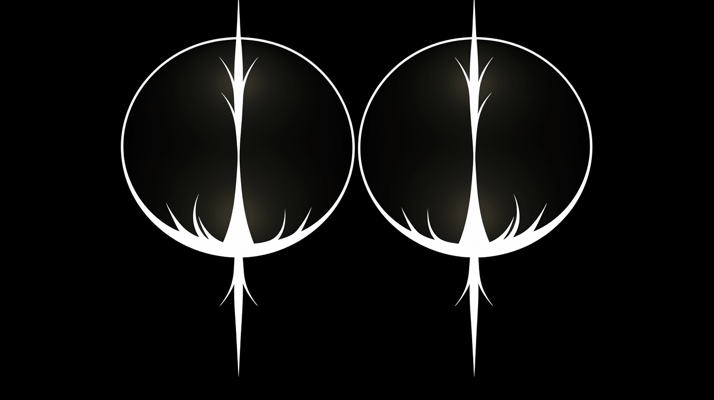


Harvest Moons is a cherished holiday, signifying the end of Fall and the completion of the harvest season. It is observed when both the Greater Moon, Lysara, and the Lesser Moon, Astraea, are full, creating a captivating celestial display in the night sky. While the two moons are only absent from the night sky at the same time once a year, they align to both be full on the same day once a month. When this coincides with the end of the harvest season, it becomes a time of joyous celebration.
Observance:
As the harvest season comes to a close, the grains are stored, fruits and vegetables are preserved, and meat is slaughters and salted or smoked. People gather to celebrate the bountiful harvest and prepare for the upcoming winter. It is a time of feasting, merriment, and rejoicing for the abundance provided by the gods. Many choose to express their love for one another, and some even enter into the bonds of marriage during this joyous season.
Festivities:
The Harvest Moons celebrations are filled with joy. Feasting and dancing are common, and towns and villages are adorned with colorful decorations. The scent of delicious dishes fills the air, and music, dances, and games enliven the festivities, spreading joy and merriment throughout the town and outlying communities. Generally this is a joyous time as long as the harvest was bountiful, but even in lean times the Harvest Moons are revered so as to not anger the gods.
Origins:
Harvest Moons have been celebrated for generations, as long as there have been harvests to gather and the light of the moons to give thanks by, representing a time of gratitude, unity, and harmony with the natural world. The alignment of the moons during this period is seen as a blessing from the gods, and the celebrations are held to honor their benevolence and to ensure prosperity in the future.